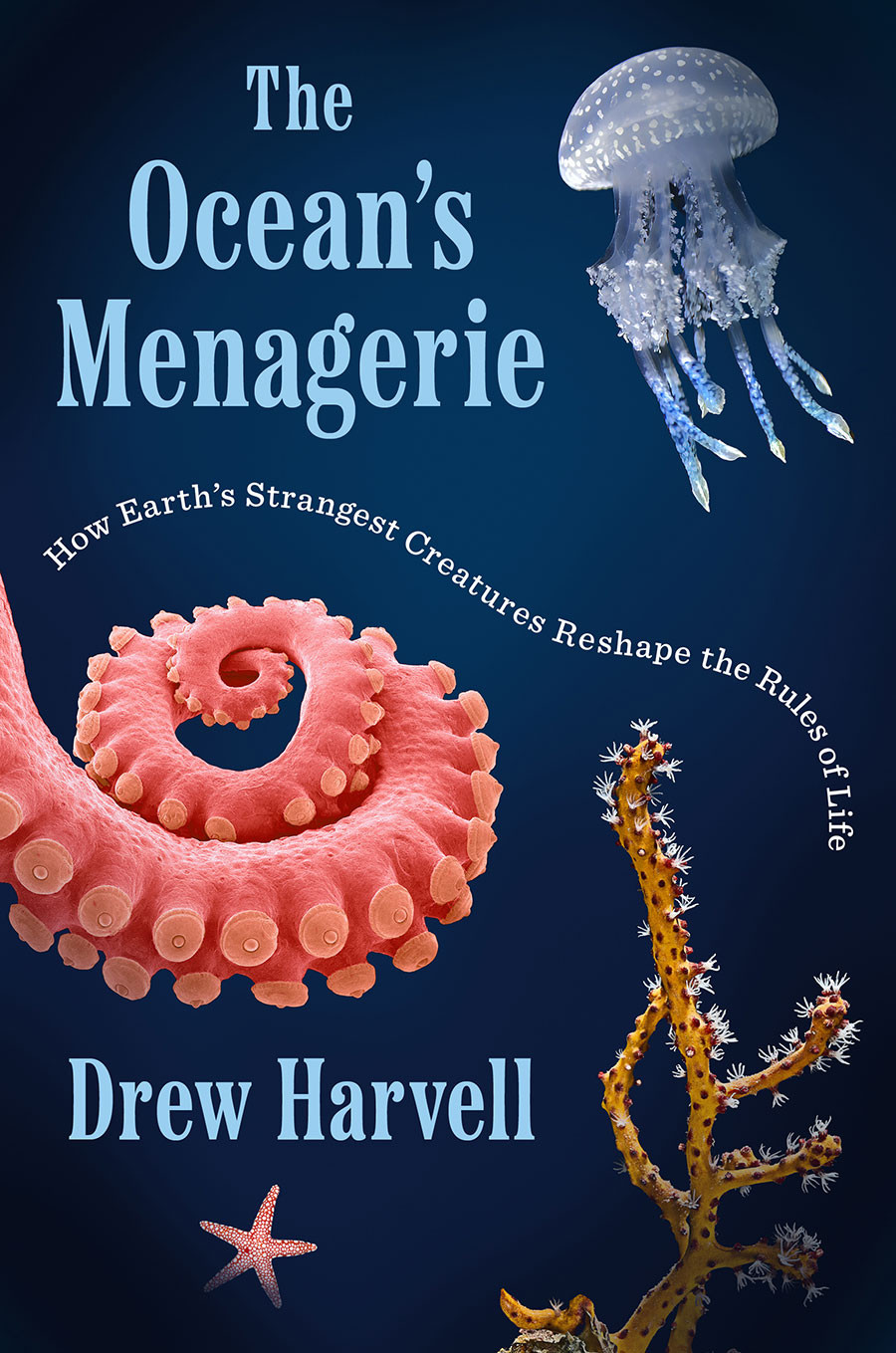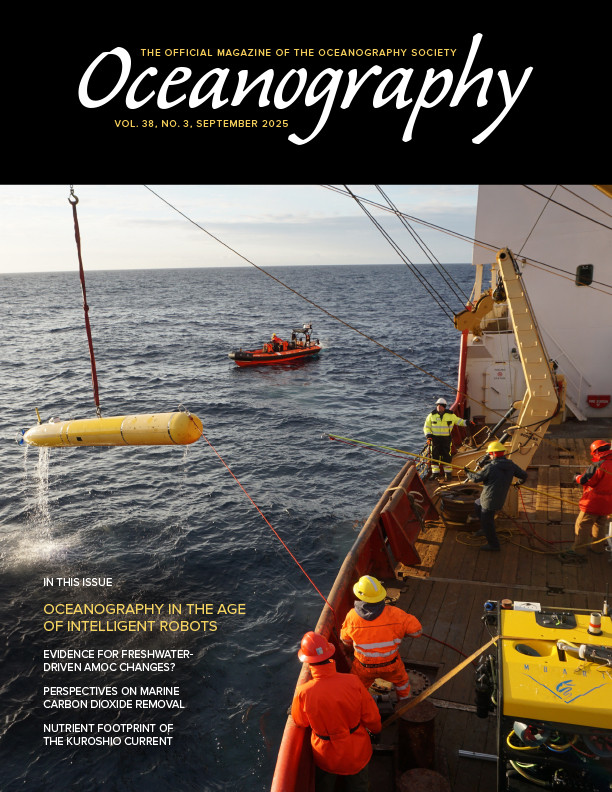Full Text
 |
The Ocean’s Menagerie: How Earth’s Strangest Creatures Reshape the Rules of Life
Book by Drew Harvell, 2025, Viking, 288 pp., ISBN: 9780593654286
Reviewed by George I. Matsumoto
Drew Harvell’s latest book is a true marvel, tracing her journey through science and her fascination with the “amazing invertebrates” that exhibit adaptations “more fantastic than the superpowers of the Marvel Comics heroes.” Professor Emerita of Ecology and Evolutionary Biology at Cornell University, Harvell is the author of two other successful books, A Sea of Glass and Ocean Outbreak, as well as more than 180 academic publications. Her PhD thesis focused on the bryozoan Membranipora that shape-shifts into a spiny box in order to protect itself from its sea slug predator. This “superpower” started Harvell on a journey of discovery about other marine creatures with superpowers. The preface provides an introduction into Harvell’s life, the structure of the book, and why she has focused on invertebrates throughout her career.
The author’s first book, A Sea of Glass, published in 2016, is about the glass masterpieces created by Leopold and Rudolf Blaschka that have been used by countless students to learn about biology and the complexity of life. It also describes Harvell’s journey to match real animals to the glass models. While researching A Sea of Glass and her second book, Ocean Outbreak, on marine infectious diseases affecting corals, abalone, salmon, and starfish, Harvell came to realize that she had another story to tell—that of her scientific journey as she discovered the plethora of invertebrate adaptations that have enhanced their survival.
The Ocean’s Menagerie consists of eight chapters, each depicting a stage in Harvell’s career and featuring an organism whose superpowers captured her attention. Beautiful illustrations by Andrea Dingeldein enhance Harvell’s stories.
The first chapter focuses on the sponge—an animal that has the potential to completely revolutionize the biomedical field and whose cells are totipotent (a special type of cell that can evolve into any type of cell). The chapters continue moving up through the animal phylogeny, ending with the sea star and its unusual skin that can change stiffness to help it pull open its mollusk prey. In this chapter, Harvell mentions the ochre sea star, which seems to have better immunity than most sea stars to the wasting syndrome first identified in 2013 and that ravaged Pacific Northwest sea star populations.
My favorite chapter features the gelata (gelatinous zooplankton), better known as jellyfish. Starting with an overview of blackwater diving (scuba diving over deep water at night) used to study them, and linking her observations with the remarkable Blaschka glass collection featured in her first book, Harvell gives a broad overview of the jellies and then focuses on their ability to create their own light—bioluminescence. As part of this superpower, some jellies use a green fluorescent protein that is now a powerful tool for scientific and medical work. (This discovery led to the 2008 Nobel Prize in Chemistry for Osamu Shimomura, Martin Chalfie, and Roger Tsien.) The chapter also includes an introduction to the colonial siphonophores and to the ctenophores, a phylum different from all other animals, as they lack DNA sequences that all other invertebrate phyla have and that exhibit a unique nervous system. Research in the last decade suggests that ctenophores are only distantly related to cnidarians (the other jellies with stinging cells) and may be a sister group to all other animals.
Don’t miss the final chapter—an epilogue to a life in an ocean that is warming and becoming more acidic. It asks: What will life look like in our ocean of the future? Who will be the winners and who the losers in the largest habitat on Earth? And it includes discussions of climate change, bleaching coral reefs, resilience, overfishing, marine protected areas, environmental DNA, CRISPR, and more. Even in this final chapter, which could very much have been a depressing way to end a book, Harvell engages the reader with a well thought out overview of the challenges facing the ocean today, what we might be able to do to help alleviate some of the stress on it, and, most importantly, why we must protect our ocean—the source “of our most fundamental new discoveries.”
The full color plates in the middle of the book were a wonderful surprise, and the detailed citations/references at the end will provide a bounty of additional reading for those who are curious enough to delve further. This book is an easy and entertaining read, with stories that you’ll remember and hopefully share with others.

